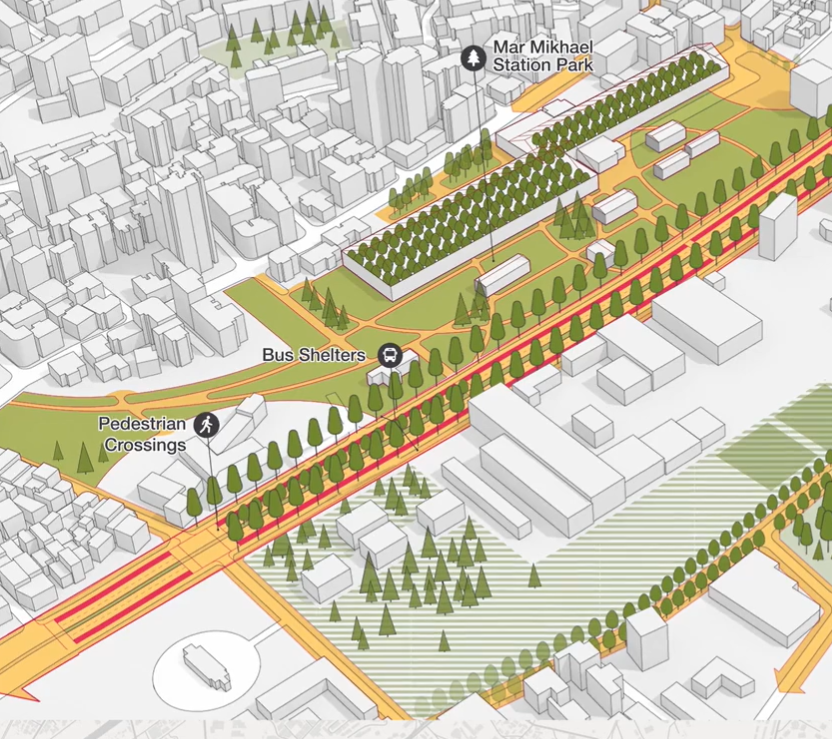Principal Investigator:
Andres Sevtsuk, Charles and Ann Spaulding Career Development Associate Professor of Urban Science and Planning, MIT Department of Urban Studies and Planning
Co-Principal Investigator:
Maya Abou Zeid, Associate Professor of Civil and Environmental Engineering, American University of Beirut
Location:
Beirut, Lebanon

